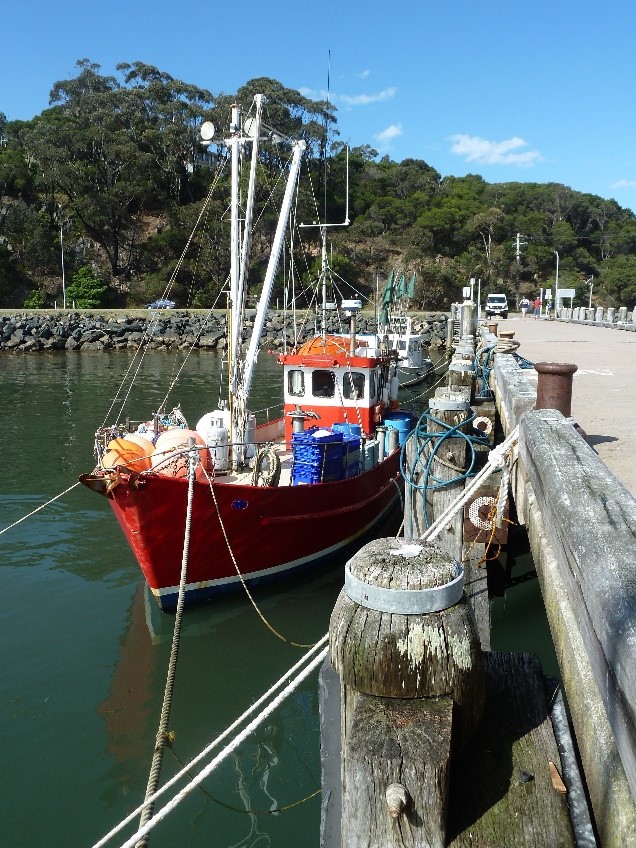Two harvest strategy working groups – for trawl whiting and eastern rock lobster – have started work as part of the Marine Estate Management Strategy.
Harvest strategies involve getting stakeholders, such as commercial, recreational and Aboriginal fishers, together to discuss the science and status of the fish stock, decide on objectives, and set rules for when and how catch levels will be changed.
Trawl whiting was the first harvest strategy working group to start. Trawl whiting is a term for two species – eastern school whiting and stout whiting – which are taken in the Ocean Trawl commercial fishery. The Total Allowable Catch for trawl whiting was reduced by more than 20% in 2020, because of a decline in the population of eastern school whiting over previous years. A target level for trawl whiting has been set by the working group, as well as a limit it doesn’t want stocks to fall below. The next step will be setting harvest control rules – including for the Total Allowable Catch – to help build stocks towards the target level.
The second harvest strategy working group to be set up was for Eastern rock lobster. Around 25 years ago, this fishery was in a dire state. The Eastern rock lobster stock was down to a critical level and catches had steadily declined over the 1970s and 1980s. Careful management and research guided by fishers and DPI over two decades has increased the stock to a very healthy level. Not only have lobster prices, Total Allowable Catch and share values improved for commercial fishers; there are more lobsters in inshore areas, which has improved opportunities for recreational and Aboriginal fishers. The harvest strategy is the next step in improving collaborative management of this valuable species.
DPI is in the midst of setting up two more working groups. One group is for Spanner crab, a key species in the Ocean Trap and Line commercial fishery, and the other is for Mulloway, an iconic species prized in multiple sectors, which is currently in a depleted state.
Once draft harvest strategies have been developed by these working groups, stakeholders will have an opportunity to review them and provide comments.
Watch this space for more updates on this important project.
Read more marine estate news.
